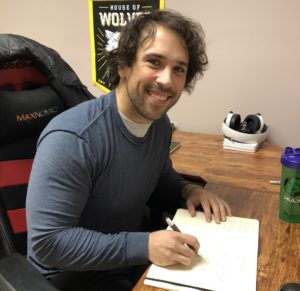
Reaching our goals is a product of showing up every day. What we get in life is a direct result of our daily habits One of the hang ups is that our days are filled to the brim with chaos and chores that pull us from what we truly value and want to focus on for our own health and wellbeing.
If you’re tired of running around like a chicken with their heads cut off every day and regularly thinking about how you’ll fit exercise or meal prep into your busy schedule – which creeps into your bedtime routine regularly causing you more exhaustion and frustration, then maybe it’s time to start finding a way to track your day.
Whether it’s daily post-it notes; scheduling tasks on your phone calendar; an actual planner; or some other method of the thousands available in your smart phone store – creating a way to track your daily habits not only alleviates stress, but can help take off the weight of remembering what you need to do for you.
I personally favor the “Power List” and Calendar time-blocking methods and since applying them over the last 2 years, I have seen productivity skyrocket while stresses drop.
Taking 5 minutes either at the end of the day before or first thing in the morning day of, to write out or list the top more important tasks of the day is one of the best ways to set yourself up for success. With my Power List, I write down the top 6-10 things I NEED to get done that day focused most on work with a few personal tasks sprinkled in. In completing each task, I physically cross them out and give myself a “W” or an “L” for the day depending on if I’m able to complete at least 75% of the tasks of the day.
The time-blocking it helps me map out when I will use my day to complete those tasks and allows me to better streamline getting things done – which also allows me to address spontaneous events that arise and decide if I can actually do it; may need to wait until later to partake; or need to say “no” because something else more important is already planned.
There is always flexibility because life is fluid and not black and white, but having some sort of daily task list or schedule is one of the best ways to alleviate stress; keep your mind on what’s important to you; and helps accomplish goals we set out for ourselves.
In addition, with the craziness of life, feel free to split your list into personal and professional tasks. I started doing my daily habits while working an office job and had separate notebooks – one on my desk at work; and one in my backpack – where I would power list my professional projects and tasks that required my immediate attention and only looked at that notebook; and then my personal tasks that helped me work on myself outside of the office. It was a lot to keep track of, but kept me from overstretching in the office with projects outside of what NEEDED my attention; and also allowed me to focus on what was important to me outside of the office and avoid procrastination and laziness.
Daily habit trackers can be as large or small scale as you want – it can be for your profession; it can be directly for your health/fitness goals; it can be for daily errands – there’s no limit. But keep in mind, the more you list, the more you have to do. Keep your lists to under 10-12 items per day to avoid continuing to be overwhelmed. The best part about this practice is that it should help you identify what things are REALLY important to you, and what things you can do without or be comfortable saying “no” to because they don’t align with who you are or working to be.
Feel free to save the image of this tracker for your own planning or copy the layout in your own way to help get you going in the right direction.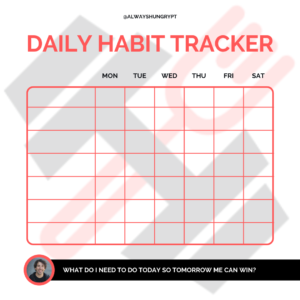
Remember, What we get in life is a direct result of our daily habits. What habits will fill fill up your daily tracker?
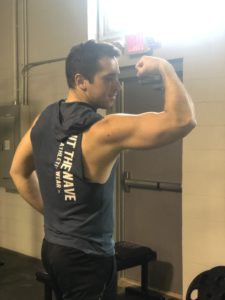 what your goal is, and let’s connect to create a plan that leads you to the top of your mountain.
what your goal is, and let’s connect to create a plan that leads you to the top of your mountain.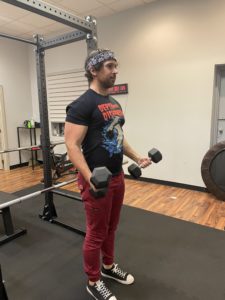

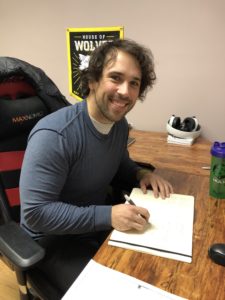
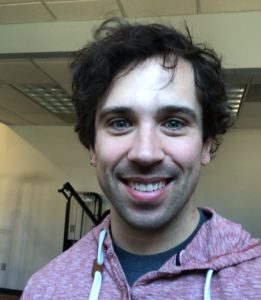
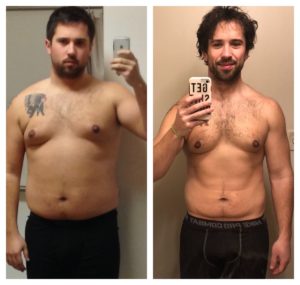
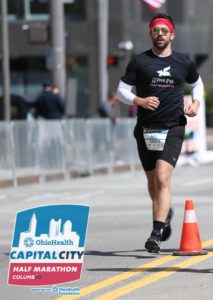 The Cap City Half Marathon is an annual trek about the Greater Downtown area and surrounding neighborhoods of Columbus, OH. As the race season kicks off in the spring, nestled at the end of April, thousands of people converge on the downtown area of the capital city for a fun filled 13 mile run.
The Cap City Half Marathon is an annual trek about the Greater Downtown area and surrounding neighborhoods of Columbus, OH. As the race season kicks off in the spring, nestled at the end of April, thousands of people converge on the downtown area of the capital city for a fun filled 13 mile run.